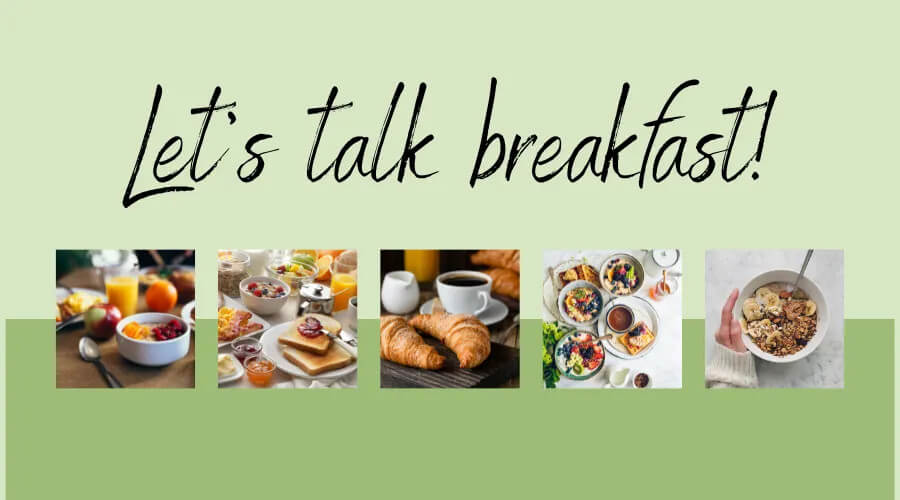
You’ve likely heard this message since you were a kid – but is it true? Today I want to share my take on this controversial meal and give some tips on how to choose the best foods to start your day.
Is breakfast the most important meal?
Breakfast is the first meal eaten after not eating for an extended period of time (fasting), generally after sleeping. It is called “breakfast” because it is the meal that breaks your fast. The foods you break your fast with have a large impact on your blood sugars and energy for the entire day. And most of us get it all wrong.
Breakfast as we know it is a modern practice. Historically, breakfast was mostly reserved for infants and people with illnesses. The first flaked cereal was created in 1894 that ultimately became Kellogg’s boxed cereal. Of course, people also didn’t generally work night shifts or late into the day back then either.
Research on breakfast eating
The effects of breakfast consumption on weight reduction, brain function (particularly in children), and other health outcomes have been investigated in several studies – with wide-ranging results. Some studies showed benefits such as improved weight loss (or less weight gain), reduced diabetes risk, improved cognition, and improved health markers. Other studies were neutral or showed varying results depending on meal timing and composition of foods. And yet other studies showed benefits for certain populations (like undernourished children) but less or no benefit for other populations. We’re complicated creatures!
So, should you eat breakfast? I say – it depends! I know, I know – typical scientist, but bear with me as I break down a few scenarios to help you decide.
If you find that you’re not hungry in the mornings, I generally don’t recommend forcing yourself to eat. Extending the fast until later in the day when you are hungry is a perfectly healthy strategy.
However, if you find that you skip breakfast simply because you don’t have time, I would suggest you modify the start of your day. If you are rushed in the mornings, you are far more likely to be generating a stress response (cortisol release) which increases your blood sugar and insulin levels. This can ultimately contribute to insulin resistance, HPA Axis Dysfunction (often incorrectly labeled “Adrenal Fatigue”), and many other chronic conditions. Give yourself ample time to take care of this important time in your day.
If you are hungry in the mornings or choose to eat breakfast, make quality choices to keep your blood sugar in balance and be sure to eat slowly in a calm environment to take care of your digestive system. Enjoy the meal. Start your day the way you want the rest of it to go – calmly and peacefully!
What Are Some Healthy Options for Breakfast?
Breakfast is often a quick meal with busy schedules and tight timelines for school, work, or errands. Breakfast is also more often associated with sweet and carb-heavy options like cereal, bread, bagels, muffins, and oatmeal. These are not the best options, despite what you may see on the packaging of many breakfast products. These will cause large increases in blood sugar that will subsequently come crashing down – leading to increased hunger, decreased satiation, overeating later in the day, and insulin resistance in the long run.
Healthier options would be filled with quality protein and healthy fat. Good sources of high-quality protein include eggs, quality meat or dairy products, as well as nuts and seeds if you tolerate them. Healthy fats are essential for a variety of reasons: they make you feel fuller longer, keep your mood constant, and promote heart health.
Of course, if you are following a specific healing protocol or have food sensitivities, you should choose the protein and fat sources appropriately for you.
Why not cereal, bread, bagels, muffins, or oatmeal for breakfast?
While these are often considered standard breakfast fare, these are not the best choices to start your day.
- Grains are common food sensitivities, can trigger autoimmune reactions, and increase inflammation for a lot of people.
- Grains are high glycemic leading to larger blood sugar spikes.
- Many grains are filled with insoluble fiber which can be irritating to the digestive tract, potentially making conditions like irritable bowel syndrome or inflammatory bowel diseases worse. Refined grains have had the natural fiber removed, then some insoluble fiber added back in. This process doesn’t put the full complement of nutrients back in.
- Grains are high in anti-nutrients like phytates (phytic acid) and lectins. These prevent the absorption of key minerals in the digestive tract.
- Many grains have been modified through cross-breeding and are no longer like the ancient grains we’ve eaten for centuries.
- Breads, muffins, bagels, and cereals are highly refined grains with many added ingredients and often added sugars. These decrease the nutritional value, increase the toxicity or inflammatory nature of the foods, and increase the glycemic load of the food (causing bigger blood sugar spikes).
In addition to the grains themselves, many of the foods, flavors, and ingredients we combine with these foods are less than ideal.
Bread, bagels, and muffins get slathered with low-quality peanut butter (filled with hydrogenated oils, preservatives, added sugars, and other ingredients), jams (filled with added sugars or sweeteners, artificial colors, and preservatives), or other spreads (like Nutella which is filled with sugar, additives, preservatives, and chemicals).
Cereals and oatmeal are often filled with artificial ingredients, added sugars, preservatives, artificial colors, and other chemical additives.
Are there any healthier grains, cereals, or traditional options?
There are several superior alternatives to the majority of the items on the market without added sugars, sweeteners, and chemical additives.
- Real sourdough bread – turly fermented sourdough bread has only wheat, water, and salt as ingredients. Most store-bought sourdough uses vinegar to make it sour, but these aren’t actually fermented. Fermentation of the bread allows the bacteria to eat up a lot of the sugar present in the wheat. Sourdough can be made from scratch at home or you can find real sourdough in a traditional bakery. Just make sure it is fermented and doesn’t contain other additives. Read labels and ask questions!
- Thick rolled oats or steel-cut oats (organic) can be used to make whole oatmeal. With no added sugars, sweeteners, preservatives, or chemicals, real oatmeal can be a wholesome way to start your day. It’s best with protein and healthy fat to slow the digestion of carbohydrates. This could include serving the oatmeal with full-fat canned coconut milk, a fresh grind nut-butter, properly prepared nuts, eggs on the side, or a quality meat source.
- Fresh grind nut butter or whole nut sourced nut-butter. Nut butters don’t have to come with additives, sugars, and preservatives. Many grocery stores now how grinders available for you to grind your own peanut, cashew or almond butter. There are also many brands on the market today that do not contain any other ingredients. Just be sure to read the ingredient labels carefully! You can also make your own nut butter with a high-powered blender.
One last consideration – quality matters. When possible, for plant foods aim for organic, fresh, local, non-GMO. For animal foods, aim for organic, grass-fed or wild-caught foods. Don’t fall for marketing messages that say “heart-healthy”, “low fat”, or “natural”. Read the nutrient panel and the ingredient list to know for sure what you’re getting! Skip the marketing messages on the front of the package – or better yet, skip those products altogether! Opt for products that don’t need an ingredient label because they’re only ONE fresh ingredient!



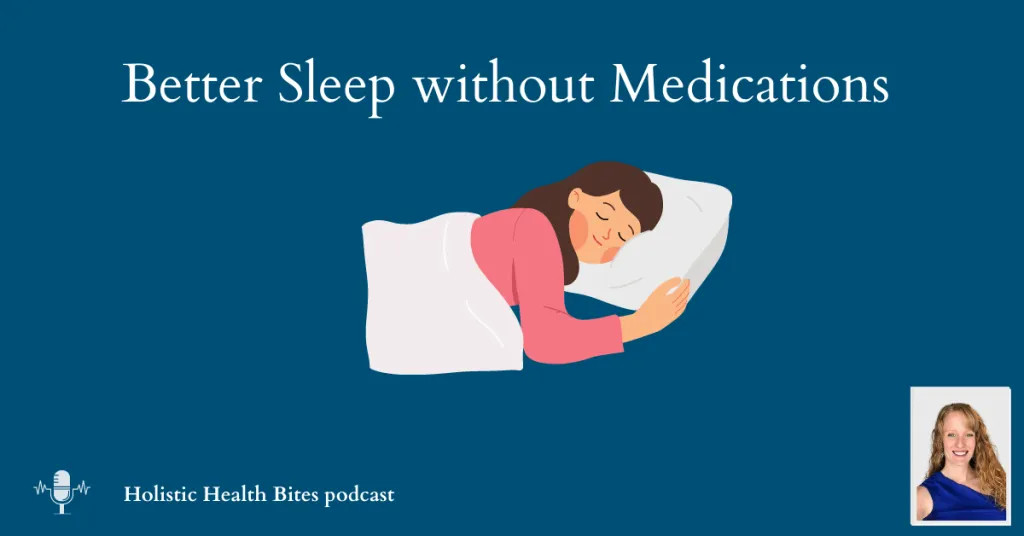
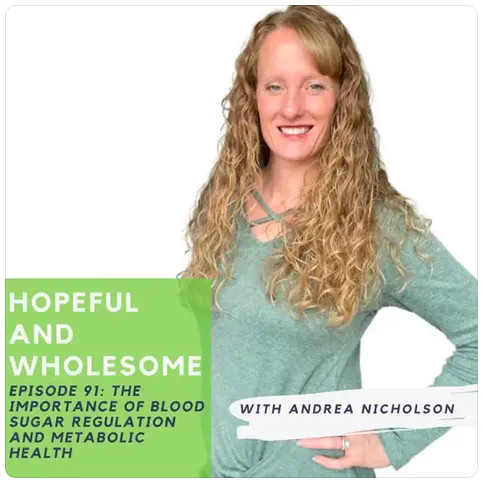

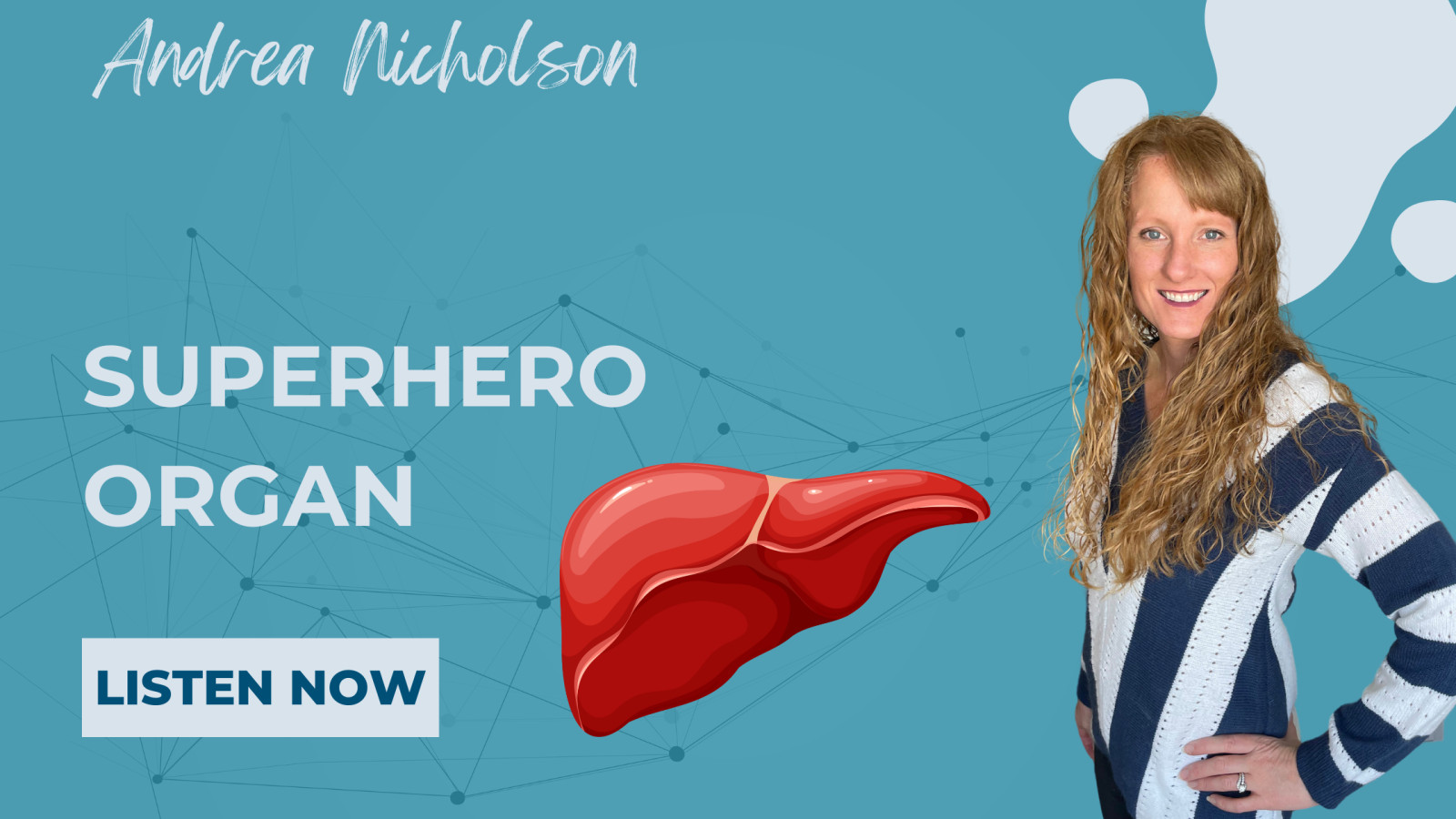
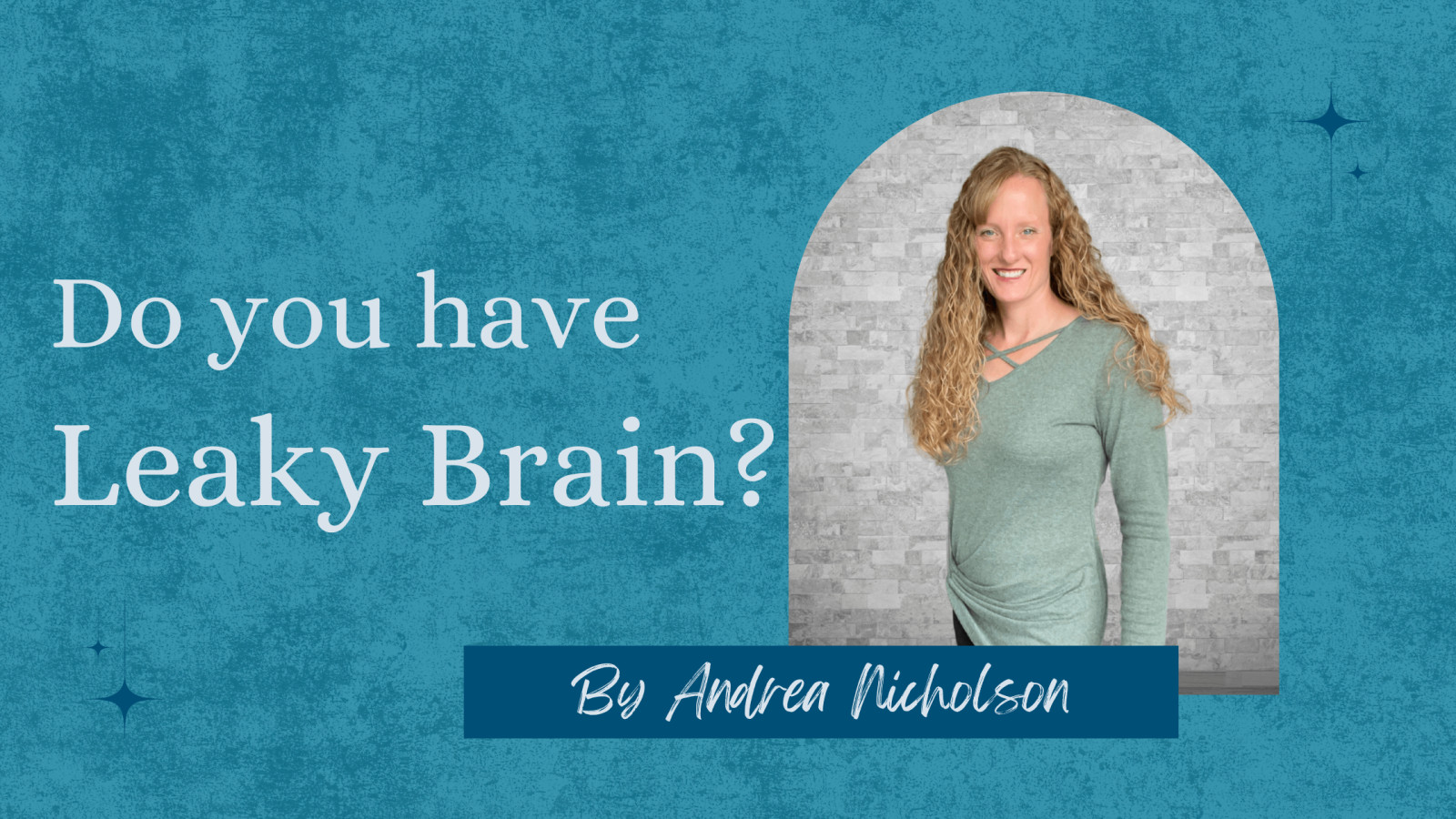
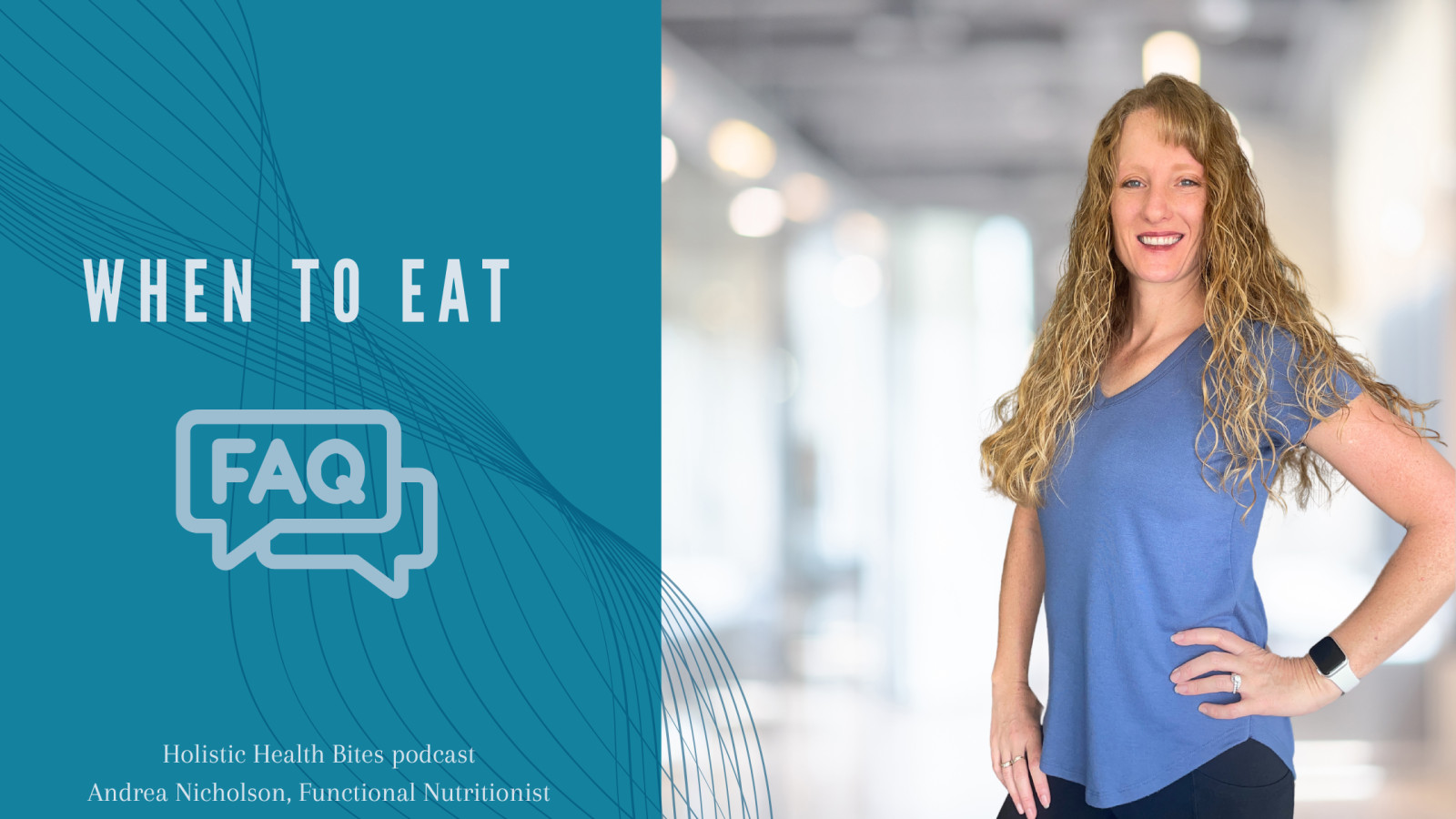
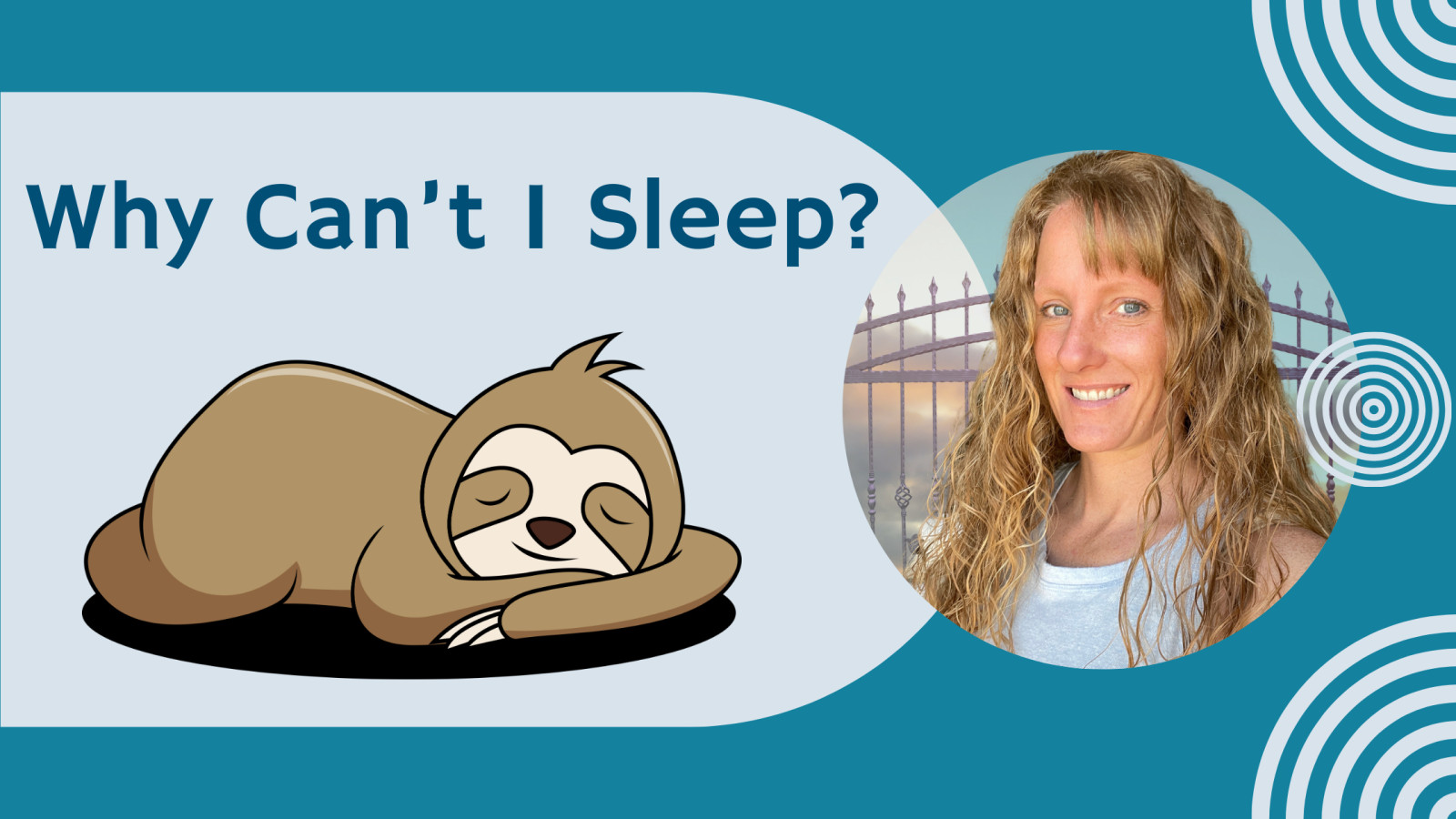

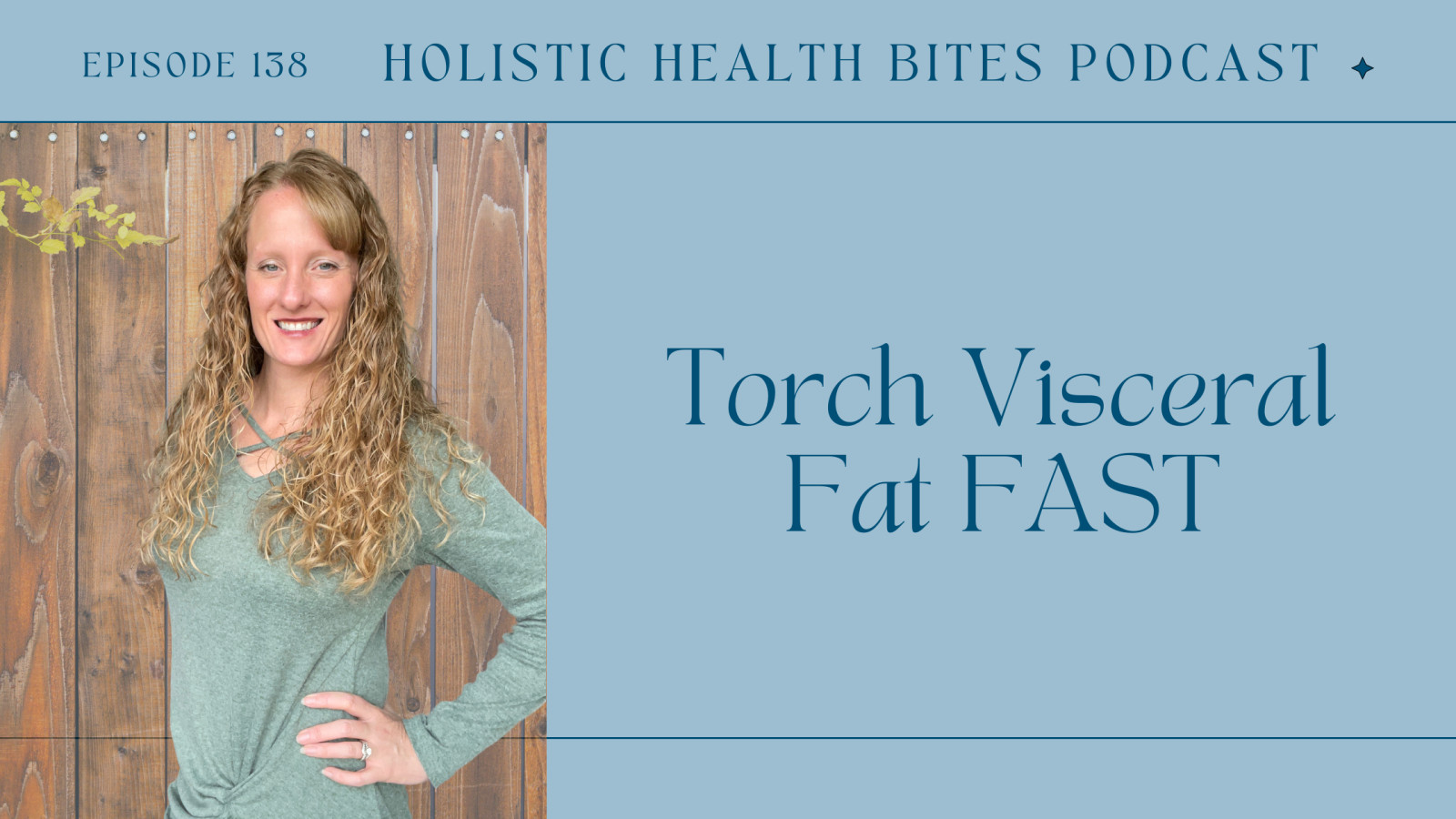
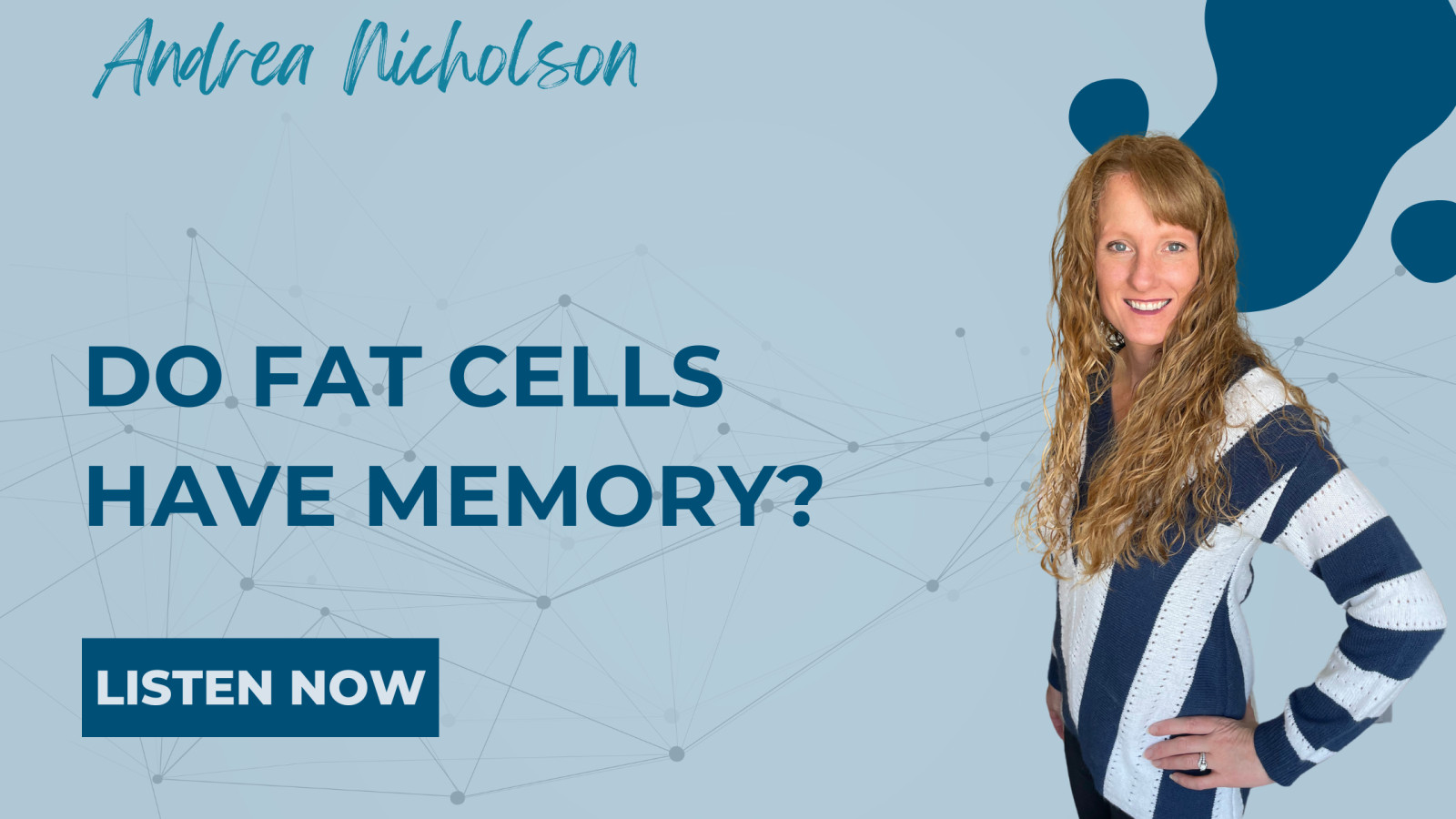
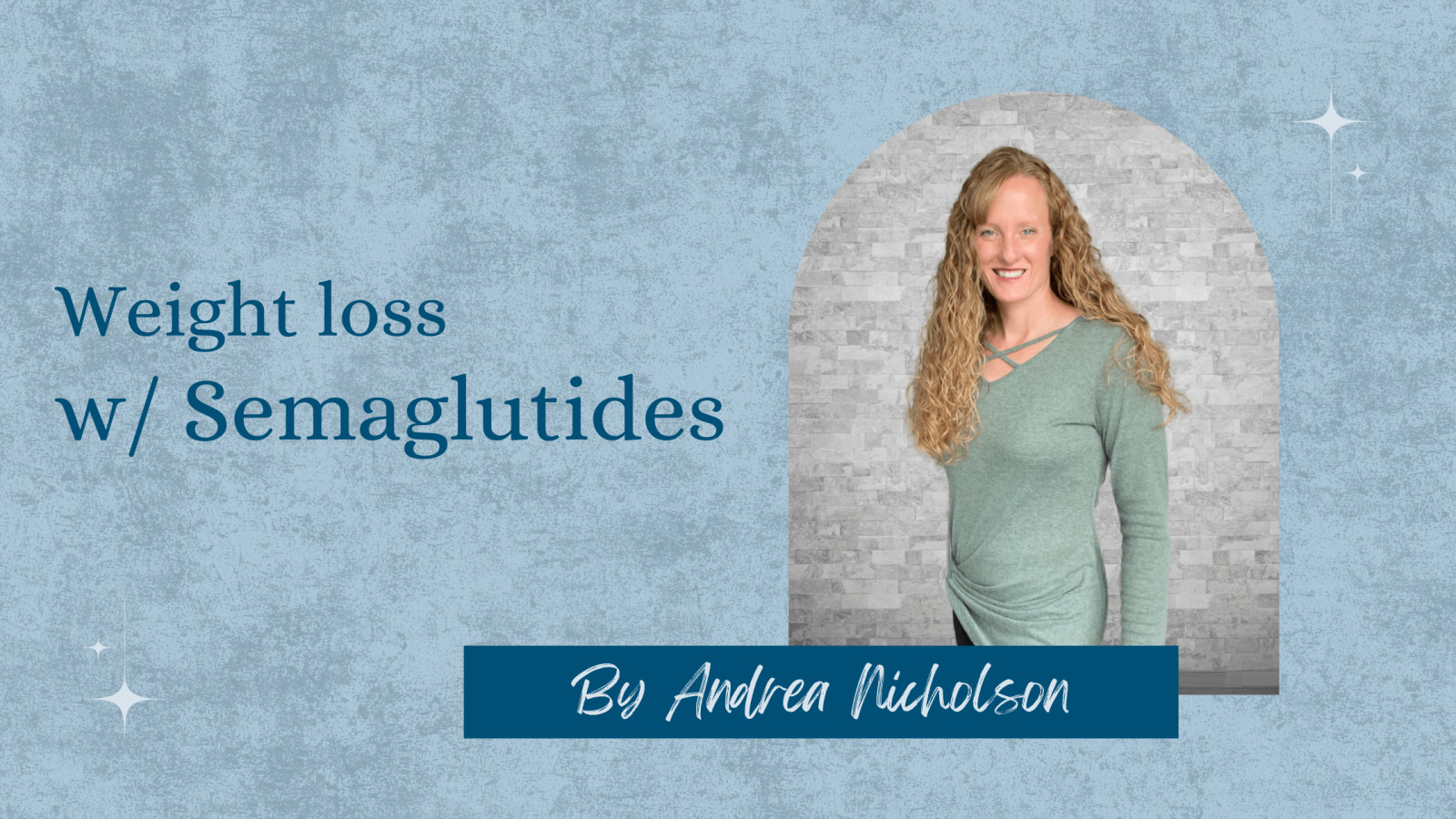
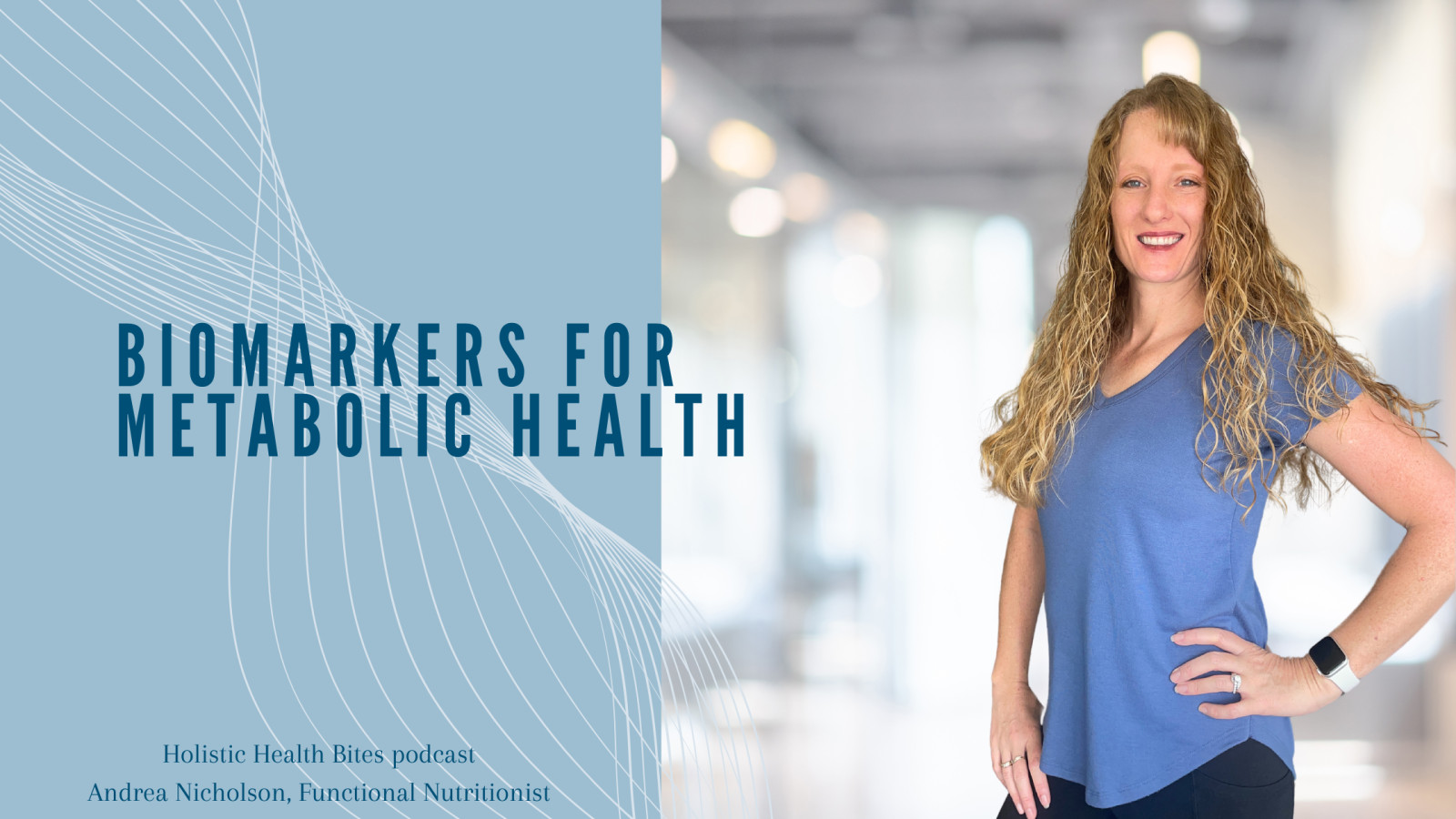






0 Comments